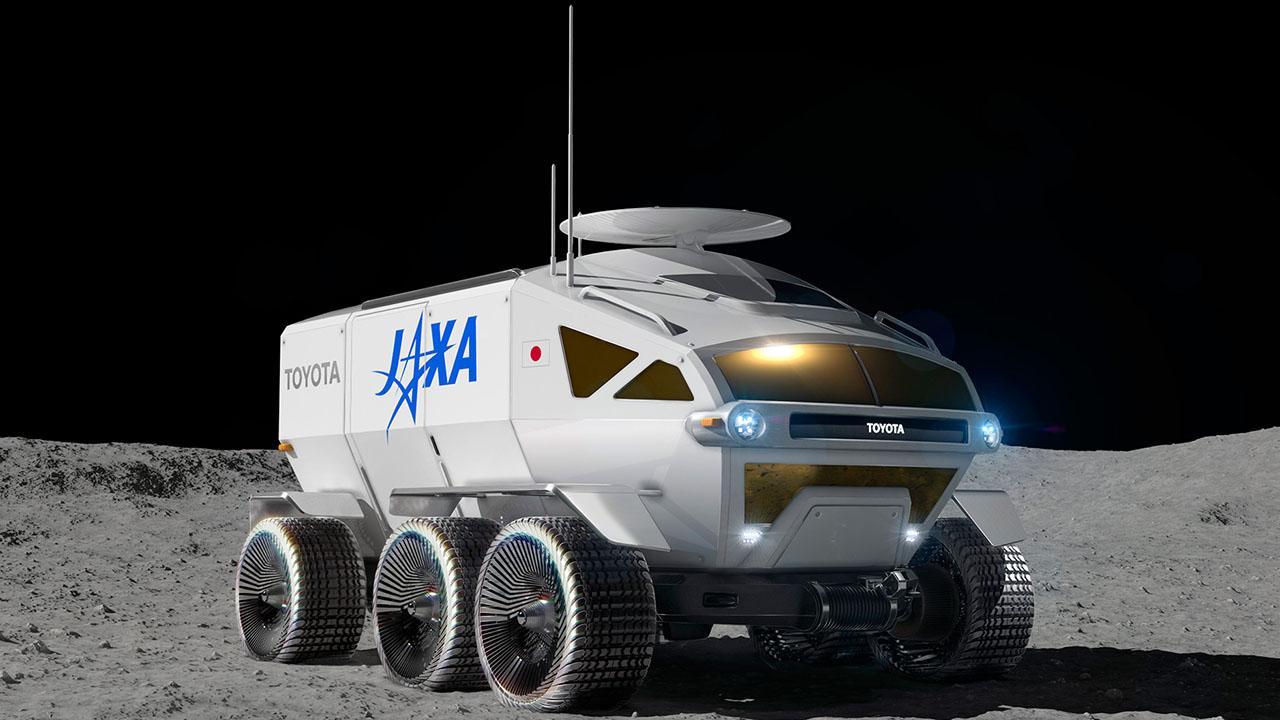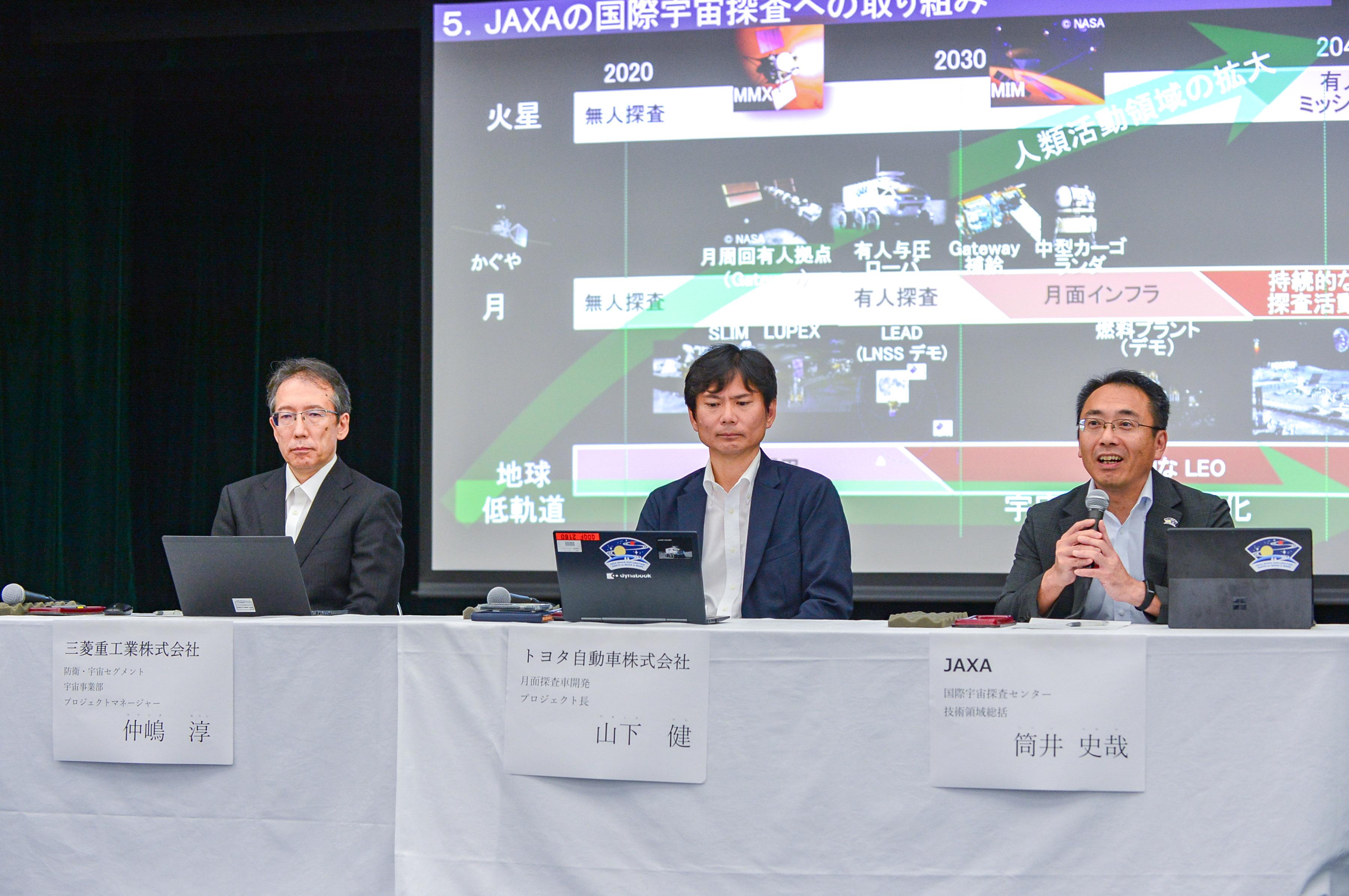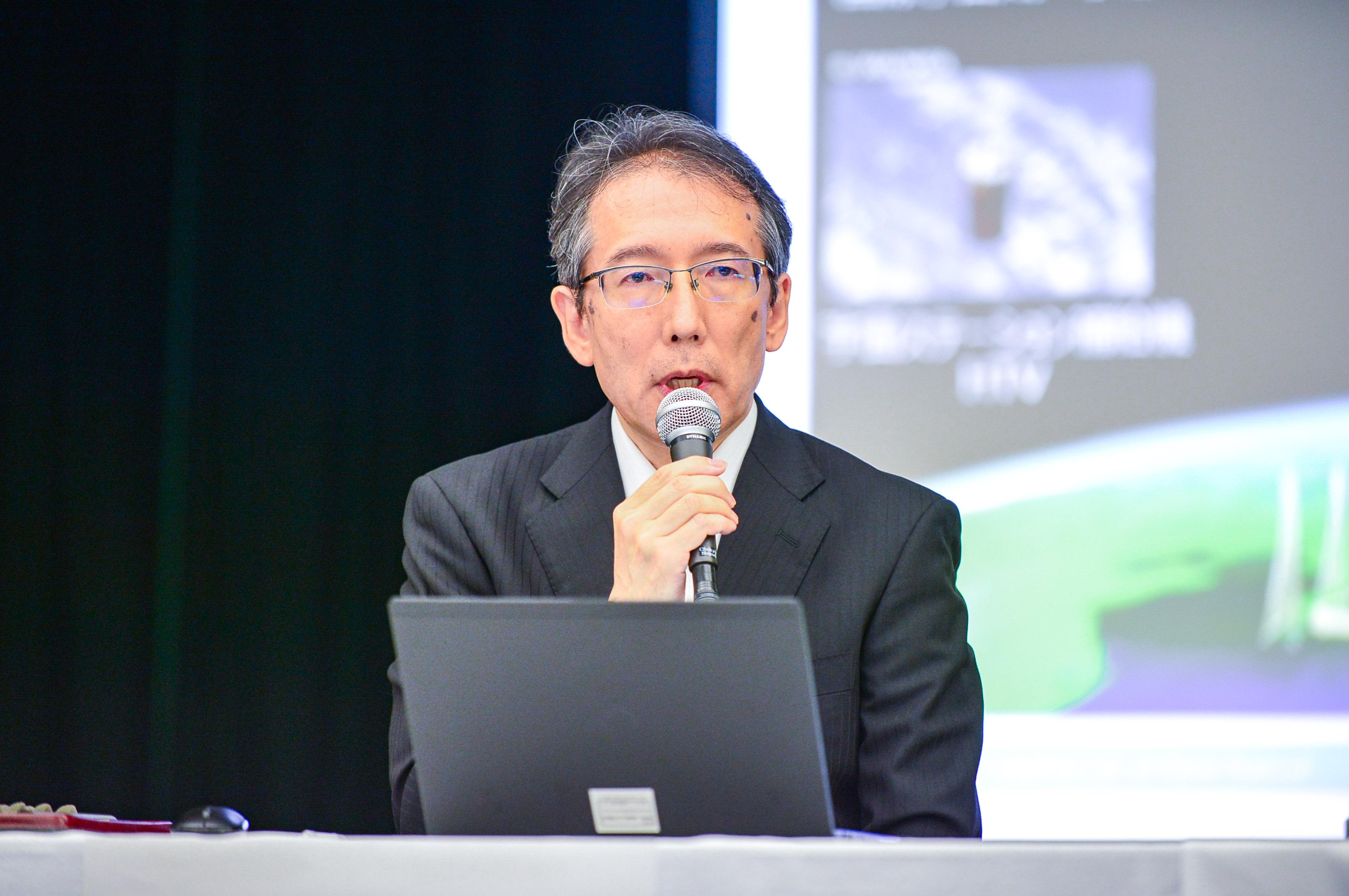
Toyota is researching and developing the LUNAR CRUISER, a crewed pressurized rover to provide mobility on the moon's surface, which JAXA hopes to launch in 2029. At a recent press briefing, the team provided updates on development.

Teaming up with Mitsubishi Heavy Industries
Back in 2019, Toyota announced that it would embark on joint research with the Japan Aerospace Exploration Agency (JAXA), aiming to build a crewed pressurized rover. On July 21, 2023 the team held its first press briefing since the project began.

In fact, the joint research with JAXA was completed in 2022, and Toyota is currently in the preliminary development phase before beginning work on the main vehicle in 2024.
Ken Yamashita heads Toyota’s Lunar Exploration Mobility Works Project. He explained the reason for the recent briefing.
Ken Yamashita
Project Head, Advanced R&D and Engineering Company, Lunar Exploration Mobility Works Project, Toyota Motor Corporation

As the next phase after the joint research, we were commissioned by JAXA in the fall of 2022 to begin a conceptual study.
Also, in late 2022, we confirmed that we would be working together with Mitsubishi Heavy Industries, not just in the provision of individual components but on system-level development. We decided this would be a good opportunity to present the team structure behind development.
This background explains why Yamashita was joined at the briefing by Atsushi Nakajima, Project Manager at Mitsubishi Heavy Industries’ Space Systems Division, and Fumiya Tsutsui, Technical Director of the JAXA Space Exploration .
To begin with, LUNAR CRUISER is merely Toyota’s nickname for the vehicle, which is officially called a “crewed pressurized rover.” It features a pressurized cabin, an enclosed space where the air pressure is controlled to create an environment similar to Earth’s. Unlike previous lunar rovers, this means that those onboard need not wear extravehicular suits, even in an unforgiving environment with one-sixth of Earth’s gravity and temperatures ranging from 120°C during the day to -170°C at night.
Tsutsui succinctly summed up the rover’s features.
Fumiya Tsutsui
Director for Space Exploration, JAXA Space Exploration Center (JSEC), Japan Aerospace Exploration Agency (JAXA)

This crewed pressurized rover offers both mobility and habitability, enabling astronauts to move around and explore the moon’s surface for prolonged periods beyond the confines of the landing site. In a sense, it is a spaceship that drives on the moon.
The pressurized rover’s body is 6 meters long, 5.2 meters wide, and 3.8 meters high, roughly the size of two microbuses. With a cabin of some 7 square meters, the rover is being developed to provide a living space for astronauts as they explore the moon’s surface.
Nakajima of Mitsubishi Heavy Industries continued:
Atsushi Nakajima
Project Manager, Space Systems Division, Mitsubishi Heavy Industries, Ltd.

To date, we have been involved in the International Space Station program, including developing the Japanese Experiment Module Kibo, where astronauts work while in orbit, and the Kounotori cargo transporter for delivering supplies to the space station.
Currently, we are also working on space exploration-related projects, including a new cargo transporter, equipment for the I-HAB habitation module of the Gateway crewed lunar orbit station, and the LUPEX rover that will search for water resources on the moon’s surface. We will utilize our existing technologies in spacecraft integration, space environment resistance, and human space stays to help develop the crewed pressurized rover’s systems.
In addition, we expect that data acquired from the moon’s surface by the LUPEX rover, which is being developed for launch in the mid-2020s, will contribute to the pressurized rover’s development.
The briefing also revealed that Toyota will support the LUPEX rover project through automated driving and other technologies cultivated for earth-bound vehicles.
All the R&D behind the pressurized rover is geared towards participation in the NASA-led Artemis program for human exploration of the moon and Mars. Tsutsui explained that Japan is collaborating with the U.S. by overseeing the rover’s development, with the target launch date currently set for 2029.
Tsutsui
The pressurized rover will allow two astronauts to move around and explore for 30 days.
It can also carry out various uncrewed activities with no one on board. The rover will play a central role in the Artemis program’s exploration activities.
Space exploration projects are founded on international cooperation. Yet, at the same time, there is also an element of competition between countries, with national prestige on the line.
As such, the pressurized rover R&D is being undertaken as a “Team Japan” endeavor, backed by numerous Japanese companies with advanced technologies.
Despite this competitive aspect, Tsutsui says that Team Japan’s role overseeing the crewed pressurized rover emerged naturally within the Artemis project.
Tsutsui
As the Artemis project kicked off and we exchanged ideas with NASA about the aspects that we would handle, the dialogue naturally moved in the direction of us taking on the pressurized rover.
I think this partially came down to NASA’s high expectations based on Toyota’s track record and technical capabilities.
The auto industry is one of Japan’s main strong points, and through Kibo, we have also built up space stay technology. I see this as the result of our strengths matching well with NASA’s needs.

